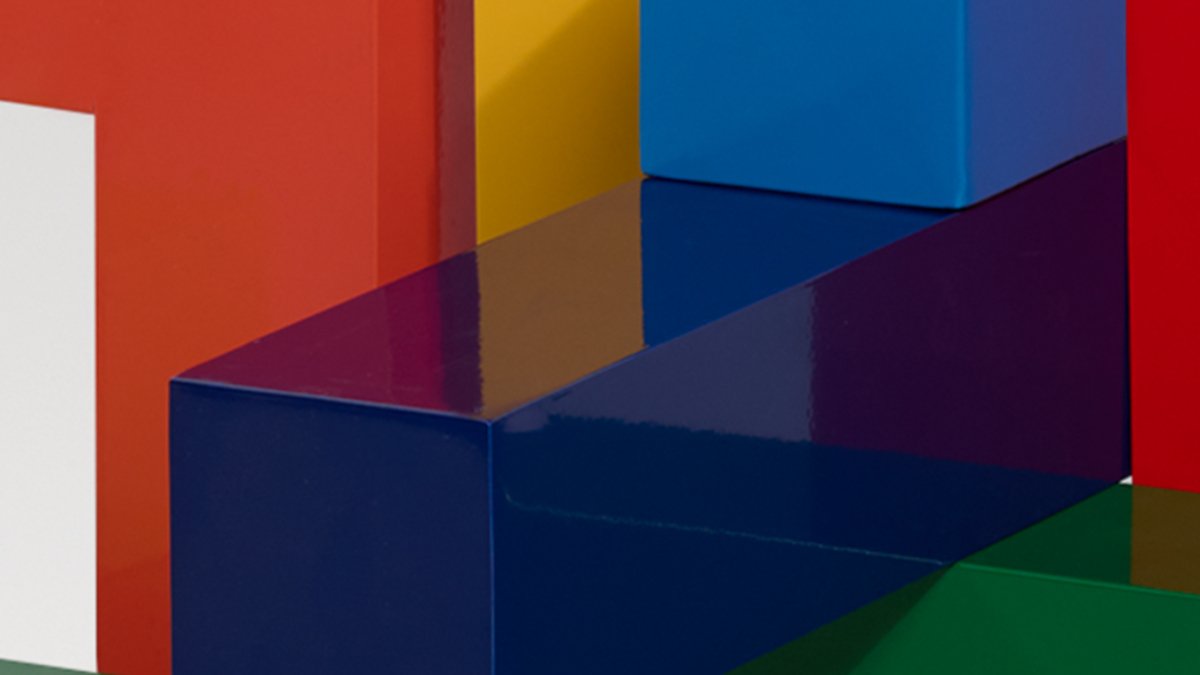Introduction
Webflow is a popular web design tool allowing users to create stunning websites easily. One of the standout features of Webflow is the ability to create cloneables, which are design templates that can be easily replicated and customized by others.
Table of Contents
This step-by-step guide will walk you through making your website Webflow cloneable, enabling seamless replication for other users on the Webflow marketplace. Let’s get started!
- Begin by logging into your Webflow account and navigating to the dashboard.
- Access your workspace by clicking on the dashboard, where you will also find the team option.
- Explore the Team section by clicking on it to view the Member section interface, where you can allocate access.
- Next, locate and click on the “Get Started” button to initiate the creation of your team profile.
- After clicking “Get Started,” create your portfolio and add a site for cloning.
- To complete the process, click the “Add Site” button to input all your profile information and create your profile.
Also, See This: Best Webflow Cloneables That Can Save Your Hours
Best Practices for Utilizing Webflow Cloneables Effectively
Choose a Relevant Cloneable: Select a cloneable that closely matches the design and functionality you need for your website. Consider industry relevance, target audience, and desired features to ensure the cloneable aligns with your project goals.
Customize and Personalize: While cloneables provide a great starting point, remember to customize and personalize the design elements to make your website unique. Add your branding, colours, and logos, and tailor the content to your business or project requirements.
Optimize for Performance: Ensure the cloneable you choose is optimized for performance. Pay attention to page load speed, mobile responsiveness, and overall user experience. Optimize images, code, and scripts to enhance speed and performance, as these factors significantly impact user engagement and SEO.
Implement SEO Best Practices: Incorporate essential SEO elements such as meta tags, headings, alternative text for images, and structured data markup. Customize these elements based on your website’s content and targeted keywords to enhance search engine visibility and improve organic rankings.
Ensure Responsive Design: With mobile browsing becoming increasingly prevalent, choosing cloneables that offer responsive designs is crucial. Test and preview the cloneable across various device sizes and resolutions to ensure optimal user experience on desktop and mobile devices.
Keep Accessibility in Mind: Cloneables should be designed with accessibility in mind. Ensure the cloneable adhere to web accessibility guidelines, including legible fonts, sufficient colour contrast, proper headings hierarchy, and alternative image text. This ensures your website is inclusive and can cater to a wider audience.
Regularly Update and Maintain: Cloneables may require periodic updates and maintenance. Stay updated with the latest Cloneable and Webflow platform versions to take advantage of bug fixes, enhancements, or new features. Regularly review and update your content to keep it fresh, relevant, and aligned with the latest SEO practices.
Also, See This: Webflow Cloneables & Best Practices, A Beginner’s Guide For Webflow Cloneables
Conclusion
By mastering Webflow Cloneables, you gain the power to streamline your design workflow and unlock endless possibilities. This step-by-step guide has equipped you with the knowledge and tools to create and manage Webflow Cloneables effectively. Embrace the potential of website cloning in Webflow, and let your creativity thrive with its endless opportunities.
Remember, Webflow Cloneables are just the beginning. Explore, experiment, and push the boundaries of web design as you harness the power of this game-changing feature.
Frequently Asked Questions
What are Webflow Cloneables?
Webflow Cloneables are templates or components that can be saved and reused in multiple projects. They allow designers to streamline their design workflow by creating and replicating websites effortlessly.
How do I create a Webflow Cloneable?
To create a Webflow Cloneable, you need to plan the component, build it out using Webflow elements, structure the content, apply custom styles, add dynamic binding, detach it from pages, and save it as a cloneable in the Webflow manager.
How do I download a Duplicator Package for my original website?
You must install the Duplicator plugin on your original website to download a Duplicator Package. The plugin plays a vital role in the cloning process and ensures a smooth transition of your website’s files.
How do I upload the cloned files to the desired location?
Once the Duplicator plugin is activated, you can gather and upload the cloned files to the desired location. The process of transferring files is explained in the step-by-step guide and includes tips on maintaining proper organization.
Why is creating a database important for my cloned website?
A database is integral to the functioning of any website, including your cloned site. Creating a database specifically for your cloned website ensures the smooth operation of your Webflow Cloneables.
What are the best practices for maintaining Webflow Cloneables?
To keep your Webflow Cloneables running smoothly and efficiently, it is important to maintain and update them regularly. The guide provides best practices for maintenance, including tips for preserving design integrity and optimizing performance for search engines.







